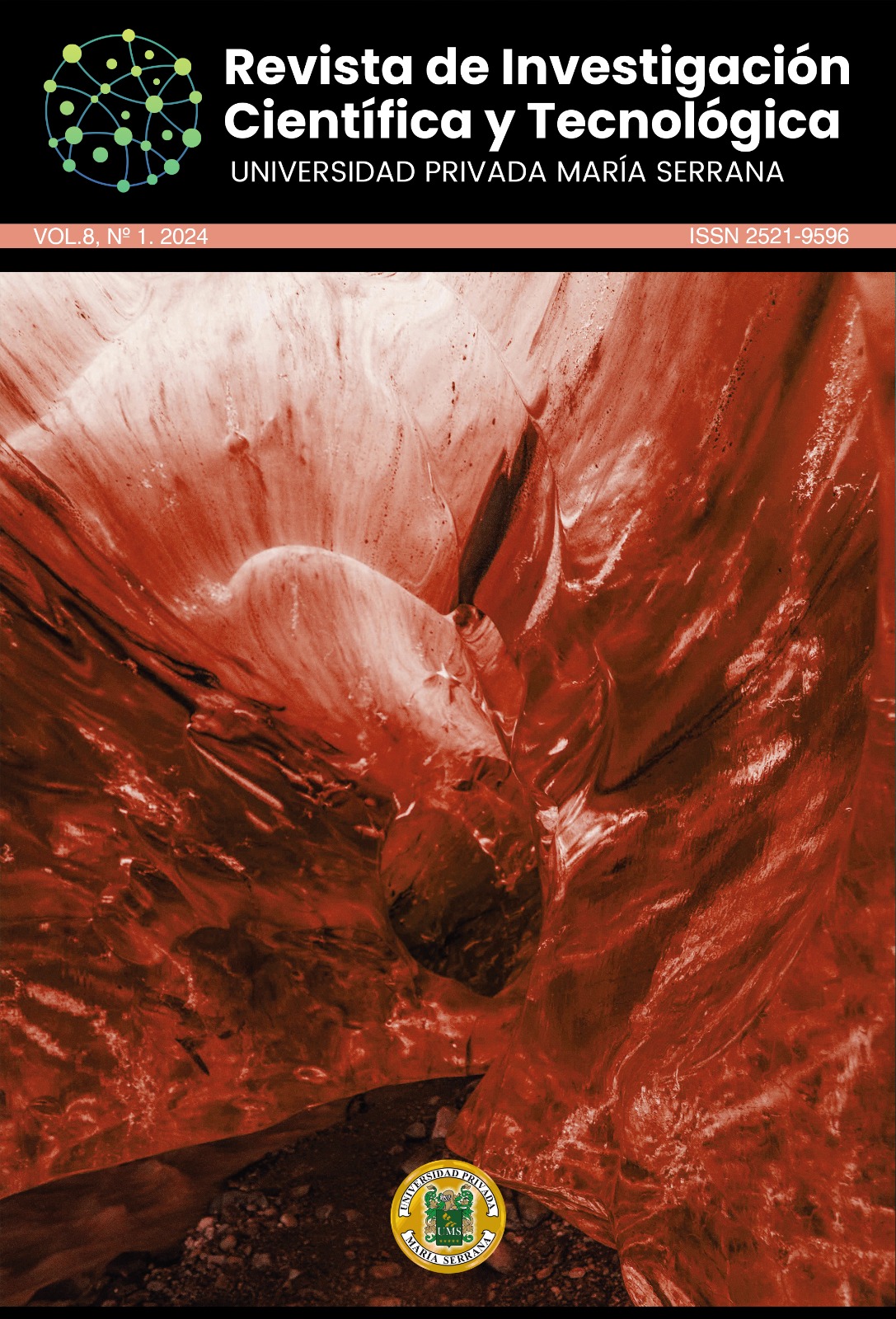Abstract
The digital identity of the researcher is crucial to represent their academic and profes- sional work through online platforms such as academic profiles, scientific publications, participation in social networks and international collaborations. Its effective manage- ment improves the visibility and impact of research, also facilitating collaboration and rapid dissemination of results. However, it presents challenges such as data privacy, managing multiple profiles, and impact assessment based on online metrics. In summary, a strong digital identity is essential for academic integrity and professional development, but requires careful management to optimize its benefits and mitigate its risks.
References
Borgman, C. L. (2012). The conundrum of sharing research data. Journal of the American Society for Information Science and Technology, 63(6), 10591078. https://doi.org/10.1002/asi.22634
Brodsky, C. (2013). The problem of plagiarism. The Chronicle of Higher Education, 59(25), A30-A32.
Chisvert, M. y Bellido, F. (2020). La importancia de la identidad digital en la investigación académica. Revista de Innovación Educativa, 15(2), 45-60.
González, J. y Fernández, M. (2019). Identidad digital del investigador: estrategias para aumentar la visibilidad académica. Editorial Académica Española.
Haak, L. L., Fenner, M., Paglione, L., Pentz, E., & Ratner, H. (2012). ORCID: a system to uniquely identify researchers. Learned Publishing, 25(4), 259-264. https://doi.org/10.1087/20120404
Jackson, T. W., & Farzaneh, P. (2012). Theory-based model of factors affecting information overload. International Journal of Information Management, 32(6), 523-532. https://psycnet.apa.org/ doi/10.1016/j.ijinfomgt.2012.04.006
Manca, S., & Ranieri, M. (2016). Facebook and the others. Potentials and obstacles of Social Media for teaching in higher education. Computers & Education, 95, 216-230. https://doi.org/10.1016/j.compedu.2016.01.012
Nichols, D. M., & Rowlands, I. (2011). Digital repositories ten years on: what do scientific researchers think of them and how do they use them?. Learned Publishing, 24(3), 127-138. term “plagiarism”. Higher Education, 9. Park, C. (2010). Revisiting the 59(6), 741-758.
Piwowar, H., Priem, J., Larivière, V., Alperin, J. P., Matthias, L., Norlander, B., ... & Haustein, S. (2018). The state of OA: a large-scale analysis of the prevalence and impact of Open Access articles. PeerJ, 6, e4375.
Priem, J., Taraborelli, D., Groth, P., & Neylon, C. (2012). Altmetrics: A manifesto. http://altmetrics.org/manifesto
Ross-Hellauer, T. (2017). What is open peer review? A systematic review. F1000Research, 6, 588.
Torres-Salinas, D., Jiménez-Contreras, E., & Delgado López-Cózar, E. (2011). Ranking de autores en Google Scholar y su visibilidad e impacto en la red: el caso de los investigadores en Biblioteconomía y Documentación en España. El Profesional de la Información, 20(3), 299-305.
Van Deursen, A. J., & Van Dijk, J. A. (2014). The digital divide shifts to differences in usage. New Media & Society, 16(3), 507-526.
Veletsianos, G., & Kimmons, R. (2013). Networked participatory scholarship: Emergent techno-cultural pressures toward open and digital scholarship in online networks. Computers & Education, 68, 15-24.
Weller, M. (2011). The digital scholar: How technology is transforming scholarly practice. Bloomsbury Academic.

This work is licensed under a Creative Commons Attribution 4.0 International License.






